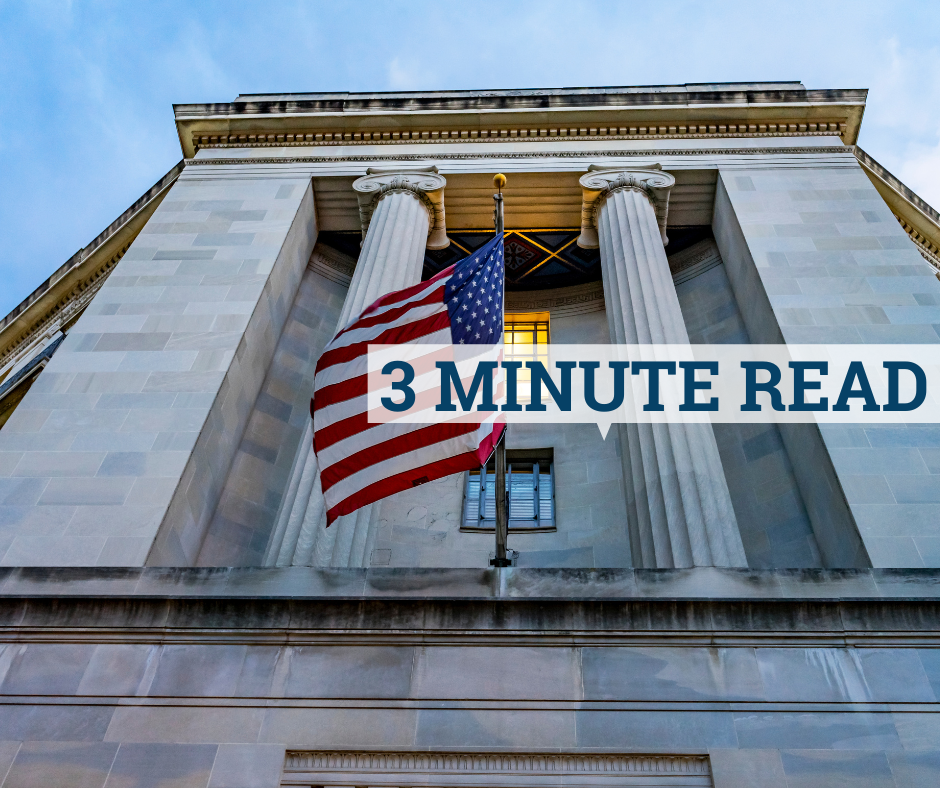
On March 17, 2025, the U.S. Department of Labor (DOL) will put into effect major updates to its Voluntary Fiduciary Correction Program (VFCP). This program encourages voluntary compliance by self-correcting violations of the law. The changes introduce a new self-correction component (SCC) that streamlines the process for correcting one of the most common fiduciary breaches: the late remittance of participant contributions and loan repayments. This update isn’t just regulatory fine print; it’s a significant development affecting how employers manage employee benefit plans, and it offers practical advantages for those looking to stay compliant without the administrative burden.
What’s New Under The VFCP Update?
Instead of submitting a full VFCP application and waiting for a “no-action letter” from the Employee Benefits Security Administration (EBSA), plan sponsors can now self-correct certain delinquencies. Once you submit an electronic SCC notice through EBSA’s online portal, you’ll receive an acknowledgement email confirming the submission.
Key conditions for use:
- Timely remittance: Delinquent participant contributions and loan repayments must be deposited within 180 calendar days of the applicable pay date or receipt.
- Lost earnings limit: The SCC is available only if the “lost earnings” calculated on the principal amount are $1,000 or less. The VFCP online calculator must be used to determine this figure.
Required documentation:
- Contact information (including name, email, and employer identification number (EIN))
- Plan identification details (plan name and number)
- The principal and lost earnings amounts, along with the relevant dates (pay date and deposit date)
- The number of participants affected by the correction
Additionally, supporting documents, such as proof of payment, the VFCP calculator’s printable results, and a penalty of perjury statement, must be retained and provided to the plan administrator.
How It Differs From The Traditional Process
No formal no-action letter
Traditional VFCP applications result in a no-action letter that assures no enforcement action will be taken. In contrast, SCC submissions receive a prompt email acknowledgment that confirms the corrective action has been logged.
Cost and complexity
Both the SCC and the traditional VFCP application carry no filing fee. However, for small-dollar corrections, the SCC offers a much more efficient route, reducing both time and administrative complexity.
Broader regulatory context
These changes are part of a wide update to the VFCP and the associated prohibited transaction exemption (PTE) 2002-51, reflecting the department’s commitment to encourage timely, voluntary corrections while safeguarding participants’ retirement benefits.
What This Means For Employers
As an employer or plan administrator, understanding these changes is crucial. Here’s what you need to consider:
Improved efficiency
The SCC process minimizes paperwork and speeds up the correction process, allowing you to resolve issues quickly and move on to other priorities.
Enhanced compliance
By meeting the 180-day remittance deadline and staying within the $1,000 lost earnings cap, your business can avoid costly enforcement actions and civil penalties under the Employee Retirement Income Security Act (ERISA).
Tailored for small-dollar corrections:
For the most frequent and smaller-scale delinquencies, the SCC offers a simplified alternative to the formal VFCP application process, saving your business valuable time and resources.
Continued oversight
Although the process is streamlined, strict documentation and timely submission requirements ensure that the department maintains adequate, keeping fiduciary responsibilities front and center.
How GMS Can Help
At Group Management Services (GMS), we understand that regulatory changes can be challenging to navigate. Here’s how we support your business through this transition:
- Human resources (HR) expertise: We stay on top of regulatory updates like the VFCP changes so you don’t have to. Our team will help ensure your employee benefits plans are compliant with the latest requirements.
- Streamlined administration: From payroll and tax compliance to risk management and benefits administration, GMS handles the administrative burdens so you can focus on growing your business.
- Customized support: Whether you need assistance with documenting the SCC process or require an overall review of your HR practices, our dedicated professionals are here to help.
- Innovation and integrity: At GMS, we champion a culture of innovation and transparent actions, ensuring that our solutions not only meet regulatory requirements but also make your operations simpler, safer, and stronger.
Contact GMS here if you need assistance positioning your company to benefit from the streamlined self-correction process and continue safeguarding your employees’ retirement security.